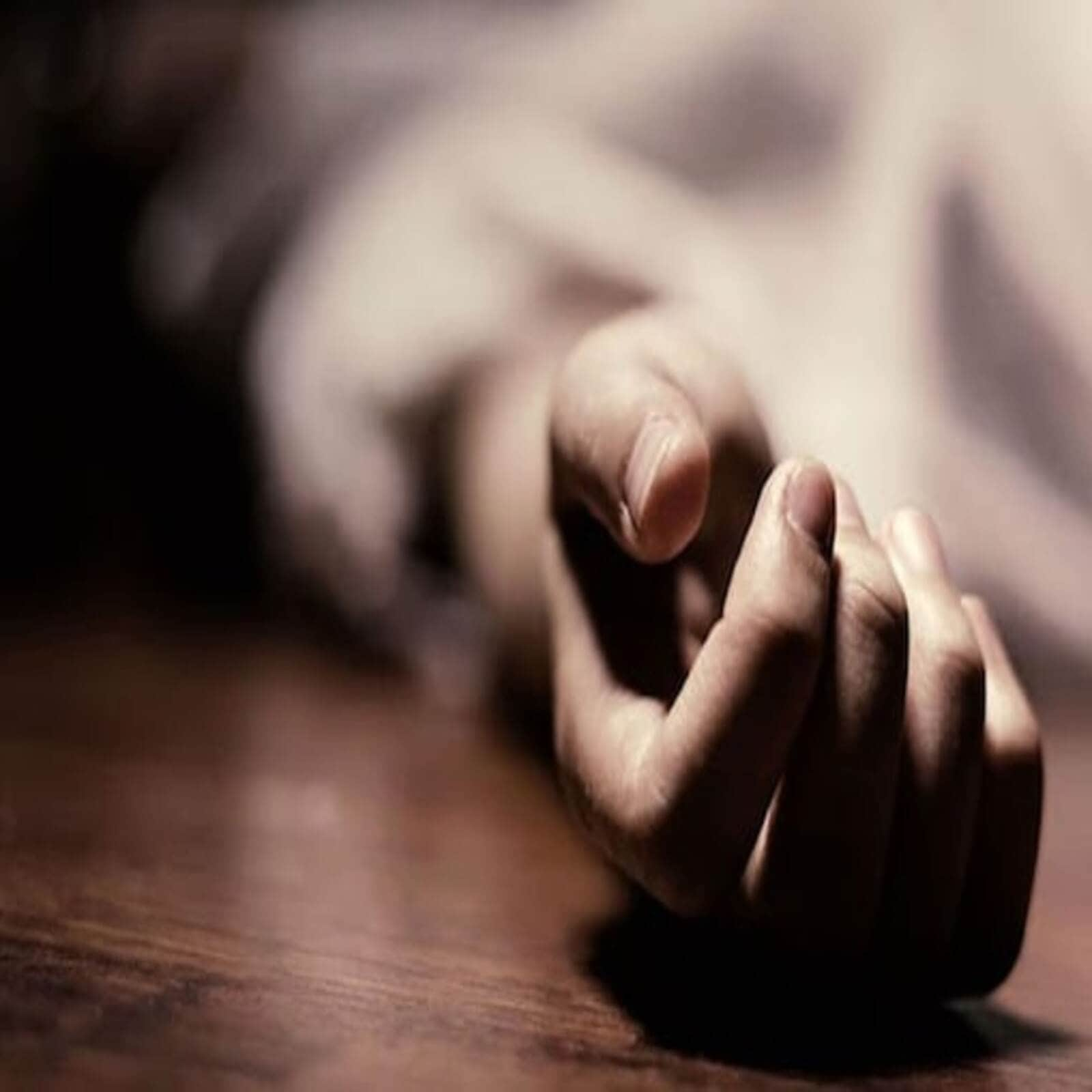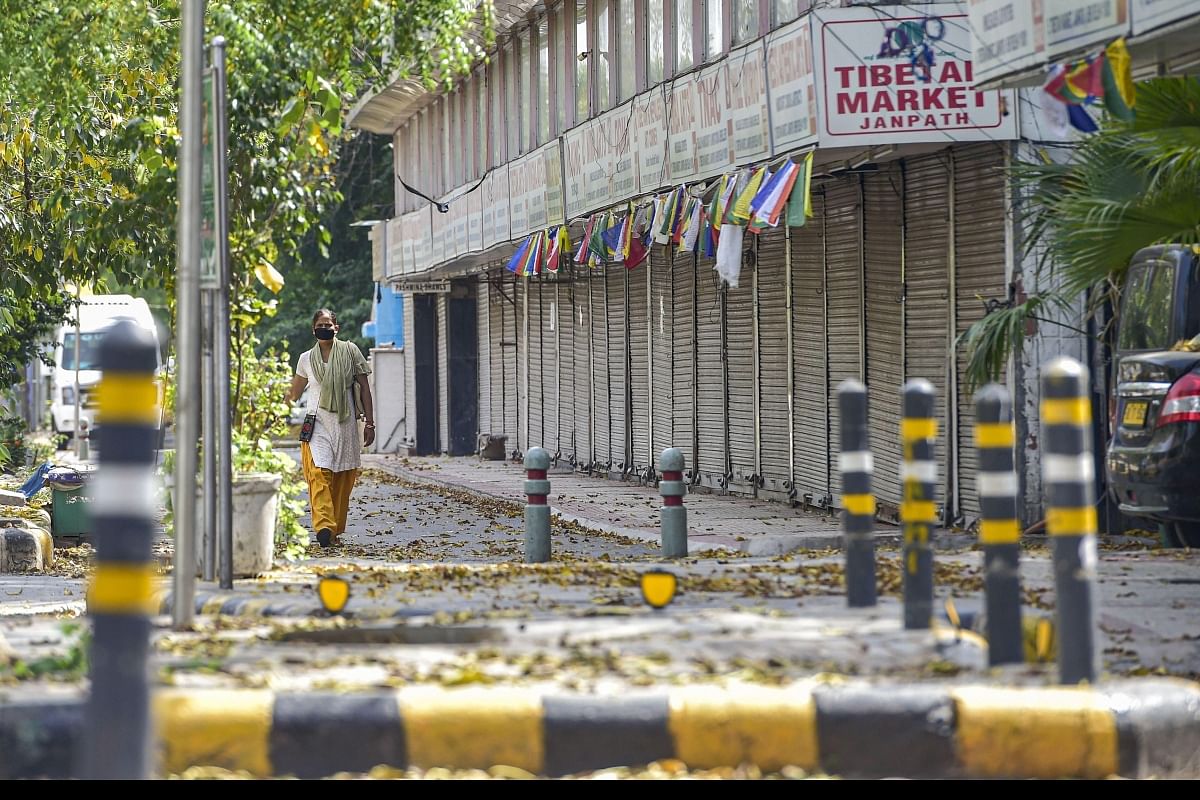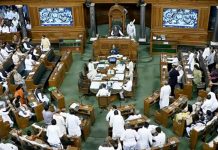
During the lockdown, an estimated 140 million people lost employment and over 45 per cent of households across the nation reported an income drop. Now a report of NCRB has confirmed that there was also a shocking jump in the number of suicides among businessmen.
During this lockdown period, major companies including biggies like Larsen and Toubro, Bharat Forge, Ultra Tech Cement, Grasim Industries, Aditya Birla Group, Bharat Heavy Electricals Limited and Tata Motors had to temporarily suspend or reduce operations. Though there is vast improvement in business scenario now with even fast moving consumer goods sector too bouncing back.
However, the NCRB report confirms the fears that the pandemic not only affected the working and finances of the established and start up companies but also led to spurt in suicides among businessmen. Compared to 2019, suicides among the business community in 2020 increased 29 per cent. Suicides among tradespeople, meanwhile, increased from 2,906 in 2019 to 4,356 in 2020 — a 49.9 per cent jump. The overall suicide figure in the country, meanwhile, has increased by 10 per cent to 1,53,052, the highest ever.
A total of 7,990 business people died this way in 2018, up 2.7 per cent from 7,778 the previous year, show government statistics from the National Crime Records Bureau. This is based on data which looked at the profession of the people who committed suicide.
The largest number of such cases were in Karnataka (1,113). This is followed by Maharashtra (969) and Tamil Nadu (931).
In 2020, a year of pandemic-induced economic distress, suicides among “tradesmen” increased by 50 per cent — the highest across categories as compared to 2019. According to the latest data from the National Crime Records Bureau, as many as 11,716 businessmen died by suicide in 2020. Of these over 11,000 deaths, 4,356 were that of “tradesmen” and 4,226 were of “vendors”, with the rest being accounted for in the category of “other businesses”.
These are the three groups that the NCRB categorizes the business community into while recording suicides.
During the pandemic, and the resultant lockdowns, small businesses and traders suffered heavily, with many being forced to down shutters or default on loans. This shows that businessmen have been under no less stress and the pandemic had made it worse. The NCRB report that said a total of 9.52 lakh people have committed suicides since 2014. The 2020 report, which covers the period from January to December 2020, shows that there was a sharp rise in the number of deaths by suicides. In absolute terms, there were 153,052 deaths by suicides, the highest number since 1967; the earliest period for which data is available. This number increased by 10% from 2019 — the year-on-year jump is the fourth highest since 1967.
The report also shows that small businessmen suffered more than salaried professionals. Deaths by suicide of vendors and tradesmen increased by 26.1% and 49.9% respectively. To be sure, vendors and tradesmen are a sub-category of self-employed persons, who have as a whole registered only a 7.8% increase. All these numbers suggest that hardships in continuing education and financial losses because of the pandemic extracted a huge cost in India.

However, the Economic Survey 2020-21 had optimist at its heart and observed that India’s real GDP to record a growth of 11 per cent in 2021-22 and nominal GDP by 15.4 per cent – the highest since independence. The V-shaped economic recovery is supposedly supported by the initiation of a mega vaccination drive of 100 crore vaccinations done with the hopes of a robust recovery in the services sector and prospects for robust growth in consumption and investment. The fundamentals of the economy remain strong as gradual scaling back of lockdowns along with the astute support of Atmanirbhar Bharat Mission have placed the economy firmly on the path of revival. This path would entail a growth in real GDP by 2.4 percent over the absolute level of 2019-20-implying that the economy would take two years to reach and go past the pre-pandemic level. These projections are in line with IMF estimate of real GDP growth of 11.5 per cent in 2021-22 for India and 6.8 per cent in 2022-23. India is expected to emerge as the fastest growing economy in the next two years as per IMF.
The Survey says, India’s mature policy response to this “once-in-a-century” crisis provides important lessons for democracies to avoid myopic policymaking and demonstrates the significant benefits of focusing on long-term gains. India adopted a unique four-pillar strategy of containment, fiscal, financial, and long-term structural reforms. Calibrated fiscal and monetary support was provided given the evolving economic situation, cushioning the vulnerable in the lockdown and boosting consumption and investment while unlocking, mindful of fiscal repercussions and entailing debt sustainability. A favourable monetary policy ensured abundant liquidity and immediate relief to debtors via temporary moratoria, while unclogging monetary policy transmission. The Survey admitted that India’s GDP is estimated to contract by 7.7 per cent in 2020-21, composed of a sharp 15.7 per cent decline in first half and a modest 0.1 per cent fall in the second half. Sector-wise, agriculture has remained the silver lining while contact-based services, manufacturing, construction were hit hardest, and have been recovering steadily. Government consumption and net exports have cushioned the growth from diving further down.
Meanwhile, among causes of suicide that make up at least a per cent of such deaths, poverty (69%) and unemployment (24%) registered the biggest increase. Drug abuse or alcohol addiction (17%), illness (16%), and family problems (14%) come next. Although students have registered an increase in deaths by suicide it was likely related to relatively longer-term prospects (perhaps inability to continue education) than exams. Deaths by suicide due to failure in examination declined by 24% but due to professional/career problem increased by 11%.
According to the report, accidental deaths, of which traffic accidents are about 40%, declined by 11%, in 2020. There were 374,397 accidental deaths in 2020. This is the lowest number since 2009 when the number of such deaths was 357,021. Compared to 2019, such deaths declined by 11.1%. Only twice has year-on-year growth rate been more negative since 1967: in 1971 and 1974.
While the number of deaths due to natural causes also declined by 9.1%, the lockdown’s impact was different on different heads. Similarly the number of deaths due to sunstroke fell by 744 between 2019 and 2020. The NCRB had released the 2020 Crime in India report in the month of September, which showed a big jump in number of crimes, largely on account of people being charged for violating Covid-19 guidelines.
Going deep into the report, one finds that there was an increase of 55 per cent in the number of students committing suicide, 58 per cent increase among the unemployed, and 139.37 per cent increase among farmers, labourers and daily wagers.













